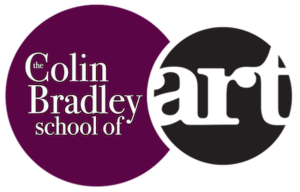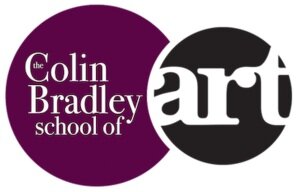Top 5 Secrets to using Pastel Pencils
There are many out there that have not discovered the Pastel Pencil and some that are just starting out. We therefore put together this list of Top 5 Secrets to using Pastel Pencils.
 5. Avoid Using Too Many Colours
5. Avoid Using Too Many Colours
Avoid using many colours on top of each other. This is very common for beginners when starting out with the pastel pencil medium. There are sometimes an indecision as to what colour to use so the answer is they use them all. The result is that all these colours merge together and produce a muddy appearance.
4. Use Mid Tones To Get Dark Colours
Never apply dark colours directly on top of very light colours. The effect of this would be that the dark colour would make the effect you are trying to achieve too harsh. If you are needing a dark tone you do not need to lay a very light tone first. A medium tone would work better under the dark colour.
3. Don't Press Too Hard
The ideal use of the pastel pencils is layering one colour onto another to produce the spectacular effects we achieve. But if each layer of pastel is applied with a heavy hand then the result would be that the pastel paper is likely to be crushed. Once this happens it produces a shine that is difficult if not impossible to add more pastel on top.
2. Sharp Pencils
 Keep the pastel pencils sharp for detailed areas. Our pastel pencil work relies on producing fine detail from time to time and for this to work well you need to use a sharp pencil. A good case in point is when applying whiskers to an animal portrait. Very often you would need to travel a white pastel pencil into and over other dark colours. If the white pencil is not sharp, the blunt point makes the job difficult not to mention unsightly.
Keep the pastel pencils sharp for detailed areas. Our pastel pencil work relies on producing fine detail from time to time and for this to work well you need to use a sharp pencil. A good case in point is when applying whiskers to an animal portrait. Very often you would need to travel a white pastel pencil into and over other dark colours. If the white pencil is not sharp, the blunt point makes the job difficult not to mention unsightly.
1. Generally Work from Light to Dark
Work from light to dark as a general rule. The reasons for this is that the pastel pencils never dry and are also translucent which means they are see through (to a certain extent). Working this way means the colour build up is much more acceptable as each stronger tone has a cushion to work into. If you apply strong colours first then try to add light colours on top, the result is a muddy mess. As I say this is a general rule that must be practiced, however you can work light into dark if you know what you are doing or already have some experience using the pastel pencils.If you would like to learn how to use Pastel Pencils, try our Free Courses and find out about our membership packages.


